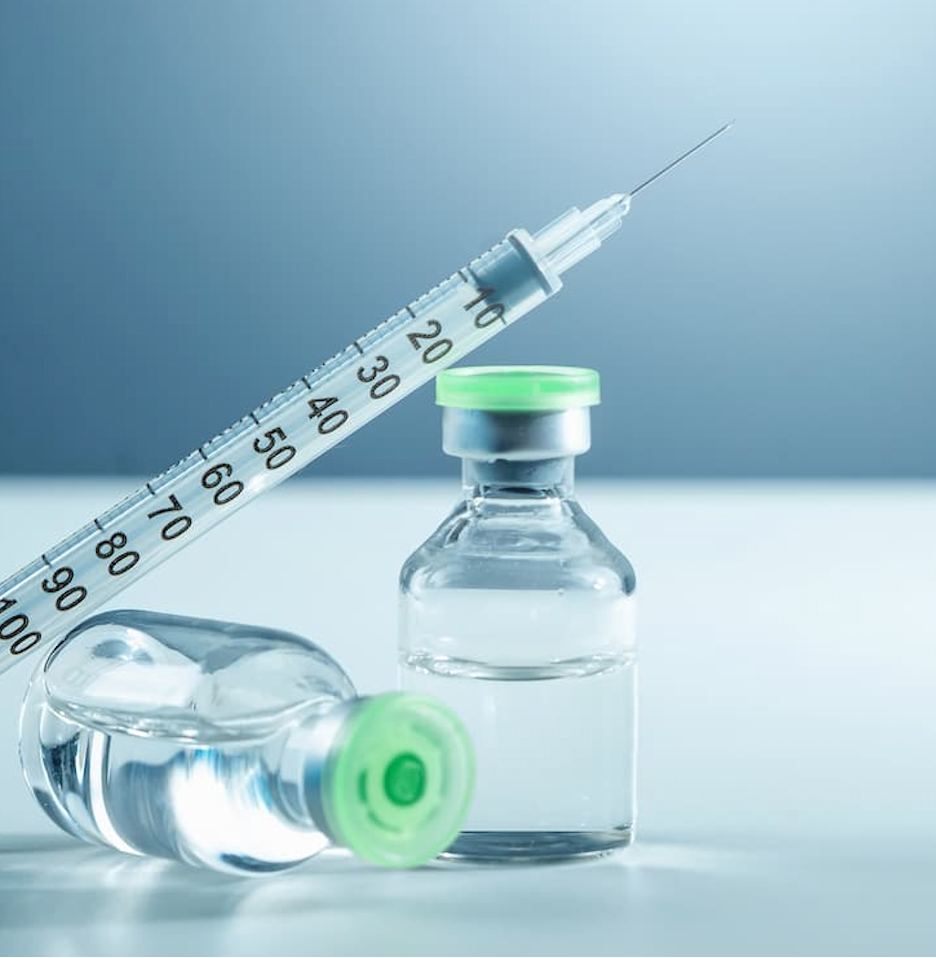News
Article
Dose Modulation Results Compared in Risankizumab, Guselkumab for Psoriasis
Author(s):
These data suggest therapeutic modulation of IL-23 inhibitors for psoriasis in those who have shown stability may be a legitimate strategy to ensure efficacy and safety.
Credit: Pexels

Dose-spacing interleukin (IL)-23 inhibitors such as risankizumab and guselkumab among patients with psoriasis who have achieved stable disease control may result in continued maintenance of efficacy and safety, according to recent findings.1
These findings were drawn from a recent study led by such investigators as Luca Mastorino, from the dermatologic clinic at the University of Turin’s Department of Clinical Medicine in Italy. Mastorino and colleagues noted that while real-life data on dose modulation exist for dupilumab in severe cases of atopic dermatitis and in rheumatological conditions, there is a general lack of data on dose-spacing for IL-23 inhibitors.2
“In our clinic, we obtained the systemic off-label authorization for the de-escalation of guselkumab and risankizumab among IL-23 inhibitors in psoriatic patients showing a good and stable response at these treatments,” Mastorino and colleagues wrote. “In the present study, we aim to analyse effectiveness [and] safety of de-escalation strategy of these two biologics.”1
Comparing Risankizumab and Guselkumab Dose-Spacing
The investigative team conducted their pilot study by implementing a cohort design with a retrospective analysis, assessing patients with psoriasis. The team looked at treatment efficacy for such patients undergoing dose-spacing therapy with the biologics risankizumab and guselkumab, as well as patients’ general characteristics.
The investigators would enroll subjects who were both over the age of 18 and had been given a reduction in their prescribed dosage to 50% of the standard range while being treated at the Dermatology Clinic of the University of Turin. These patients would have been treated in the timeframe between January 2017 - December 2022.
In terms of primary objectives, the research team focused on a descriptive analysis of the observed cases. This would including evaluation of characteristics at baseline, identification of super responders, and any shifts in participants' mean Psoriasis Area and Severity Index (PASI) scores. PASI measurements were specifically determined at the time of treatment initiation, at the 16-week mark, at the 28-week mark, at the time of dose-spacing, and at 3, 6, 9, and 12 months following dose-spacing.
At a variety of points in time, the team made comparative assessments between risankizumab and guselkumab, including the aforementioned time points. Any other objectives noted by the team included an assessment of drug survival for the dose-spaced regimen and an evaluation of the medications' overall usage.
All of the recorded adverse events (AEs) in the investigators' safety analysis were reviewed from the beginning of treatment through to the final follow-up meetings. They prioritized PASI ≤1 as an indicator of sustained minimal disease activity, with most trial subjects initiating dose spacing having had a PASI score that was under 3. The investigative team noted that broader PASI thresholds, such as PASI ≤2 or ≤3, would not be sufficient to capture long-term drug response maintenance.
There were 94 individuals involved in this analysis, with 34.04% of the subjects being treated with guselkumab therapy and 65.96% with risankizumab therapy. A dose reduction via dose-spacing was given to all of the participants at 50% of the approved dosing range. The mean PASI was shown to have dipped from 12.15 (SD 5.43) at the point of baseline to 0.15 (SD 0.46) during the time of dose-spacing.
Rapid achievement of PASI100 took place, the research team concluded, with 88.3% of participants attaining such a threshold by the dose-spacing date. Additionally, all observed subjects then maintained PASI100 by the 12-month mark post-dose-spacing.
The investigators highlighted a similar pattern for PASI90 and PASI ≤1, noting that rates of achievement of 91.49% and 97.87%, respectively, were observed at the time of dose-spacing. These rates reaching 100% in observed subjects following a single year.
Rates of drug survival rate for the dose-spaced treatment regimen were shown, over the course of 12 months, to be 89.4%. In their comparison of the 2 medications, it was noted that guselkumab had a slightly higher drug survival rate of 93.3% as opposed to risankizumab's 89.5% rate. Despite this conclusion, the investigators added that there had not been any substantial differences in mean PASI scores between the 2 biologics at any point.
Overall, the investigative team reported dose-spacing of IL-23 inhibitors in those with psoriasis who have achieved stable disease control may be considered, based on their findings, to be a viable therapeutic approach that maintains safety as well as effectiveness.
“No significant differences in effectiveness were found between risankizumab and guselkumab undergoing D-S,” they wrote. “The obese population and patients with joint involvement appear under-represented, possibly due to greater difficulty in achieving initial response. Further real-life and randomised studies are needed to better highlight the merits and shortcomings of this therapeutic approach.”1
References
Mastorino, L., Dapavo, P., Ortoncelli, M., Bongiovanni, E., Liao, Y., Leo, F., Quaglino, P. and Ribero, S. (2025), Dose Modulation Strategies in Psoriatic Patients: Real-Life Pilot Comparison Between Risankizumab and Guselkumab up to 12 Months After Dose Spacing. Exp Dermatol, 34: e70062. https://doi.org/10.1111/exd.70062
C. A. J. Michielsens, M. E. van Muijen, L. M. Verhoef, J. M. P. A. van den Reek, and E. M. G. J. de Jong, “Dose Tapering of Biologics in Patients With Psoriasis: A Scoping Review,” Drugs 81, no. 3 (2021): 349–366, https://doi.org/10.1007/s40265-020-01448-z.




